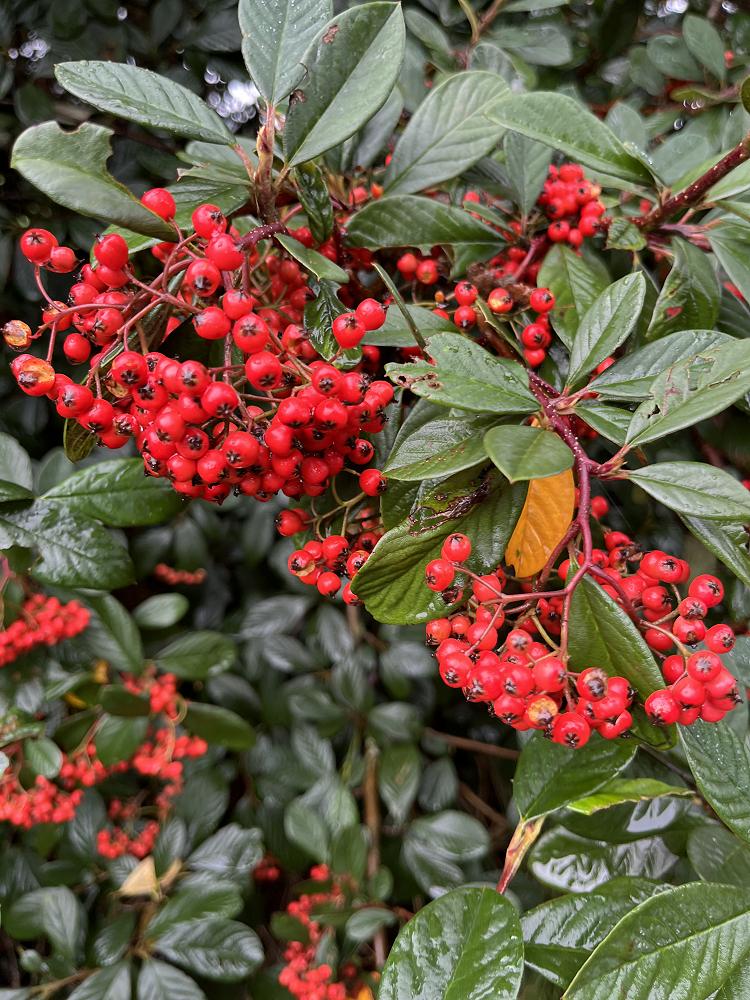
Liturgical Resources for Contemporary Aotearoa
In recent weeks the authorised liturgy for the coronation rite of his majesty King Charles III of England and a Māori translation of the serenity prayer crossed my desk. I appreciated the translation and the adjoining commentary of the coronation liturgy. Readers might choose to read, analyse, and draw from the messages meaning for themselves. The liturgies provided universal messages of peace, wisdom and love. Both liturgical resources seek to bring a continuity of reassurance and hope in times of uncertainty.
As someone always looking to find relevance in the written word for the places, and people where I am, the symbolism within the coronation liturgy reflected still, colonial instruments of oppression. In the imposition of a print culture on to an oral culture Māori have experienced the power of the written word. Too often, the impact of that change has served to include, exclude or redefine spaces of influence for Māori. This brought me to reflect upon the various liturgical resources within the catalogues of our 200-year church history. I then ask, are we liturgically resourced appropriately for contemporary Aotearoa and how can we do this into the future?
In recent years I have been part of the team tasked with Conference liturgical resources and much of this requires te reo translation and often a retracing of material to the original texts. This is not an easy ask. In our context perhaps an Aotearoa Moana understanding, and expression of liturgy is more appropriate. Liturgies that reflect this model shape the role and nature of ministry for all people in the contemporary Aotearoa church. Embracing an Aotearoa Moana approach to liturgy allows for inclusion of metaphor, language devices and Māori thought patterns to emerge.
It is with gratitude that we acknowledge the many translators, theologians, hymnwriters, and liturgists who have composed liturgies of the past and present. The great composers of our thriving poi, waiata and haka traditions who were attuned to the land and people, their contributions were examples of our Māori gospels. The waiata ‘Haere Mai’ from composer Harihari of Ngāti Ruanui draws upon Māori imagery to tell of the gospel story and its life-affirming witness. (See Touchstone September and October 2021).
Following in this tradition we have the published books ‘Whakawhetai’ a gratitude journal from Hira Nathan and ‘Aroha’ from Hinemoa Elder who draw upon our rich Māori oral culture and through whakatauki share with reflection and simplicity. The upcoming August gathering of liturgists provides the fertile ground to explore and dig deeper into the Aotearoa Moana pool of wisdom today. Creator God makes all things anew, and as with seasonal changes we are transformed to what the gospel calls us to be in the world. The Spirit prompts us through challenging climate times to listen attentively to Papatūānuku and urges us forward to be responsive to the change in our communities.
E te Ariki o te Rangi me te Whenua. Nōu te Ihi, nōu te Mana. Nōu anō te Māramatanga. I tēnei ao hurihuri kia tata mai koe ki a mātou nei inoi. Ki te rongo ki te Reo o te Whenua me ōna pai. Me huri anō ō mātou whakaaro me ō mātou mahi. Kia whai hua ai te ao hou.
Creator God of the skies above and the land beneath my feet. Bringer of inspiration, influence and greater understanding. In a changing world draw near to us in prayer. As we listen and respond for the flourishing of a new world.
